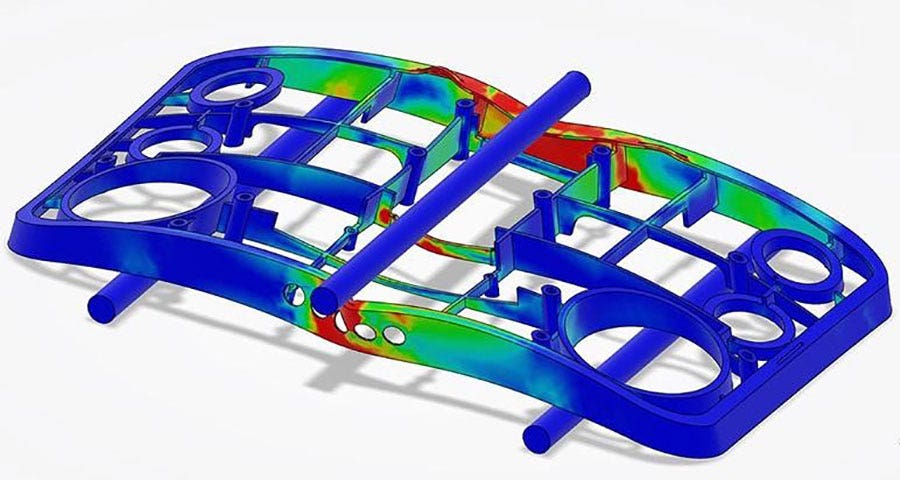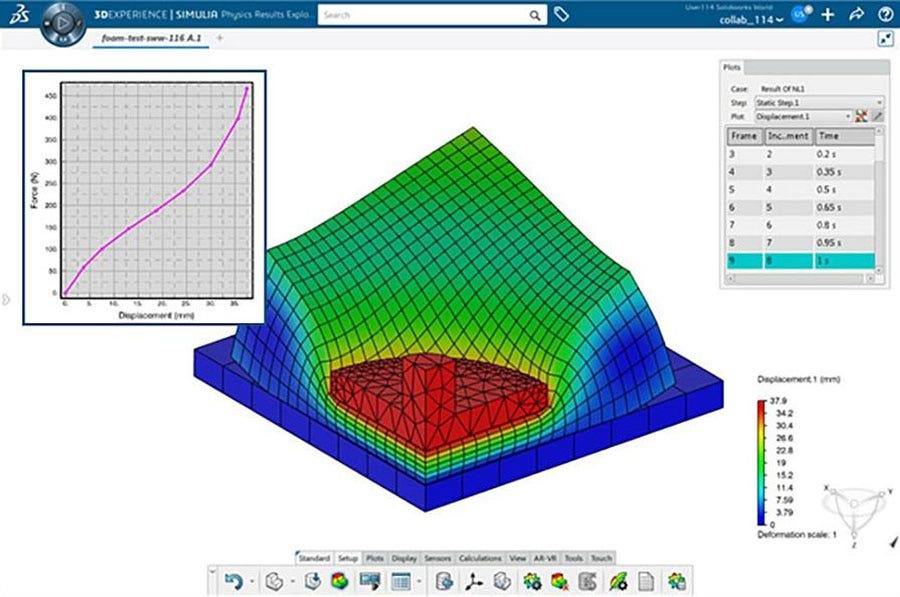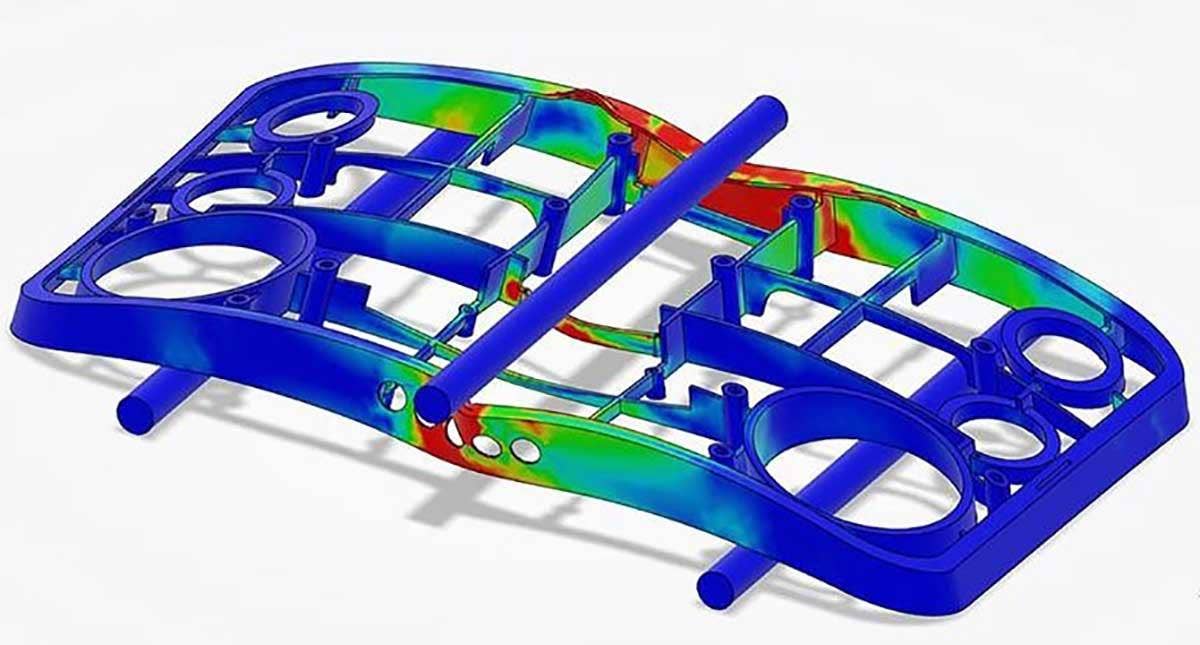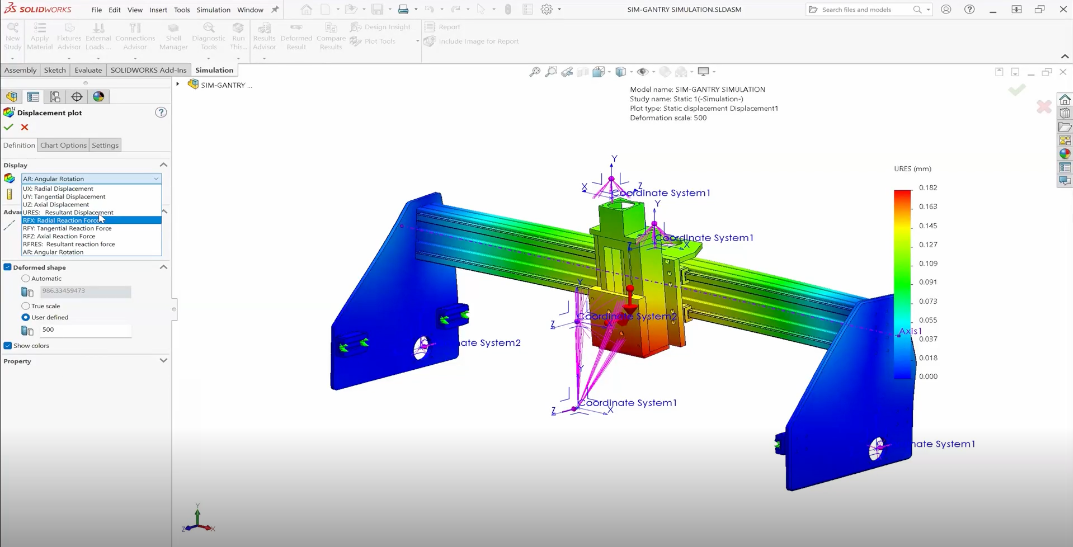In March, SOLIDWORKS started offering a new product called SIMULIA Structural Simulation Engineer. There’s a lot of marketing information out there, but not much information about how this new tool fits in with the other simulation offerings from SOLIDWORKS and SIMULIA. So let’s take a look at what SSE is and what’s different about it.

What is SSE?
Structural Simulation Engineer (SSE) is a finite element analysis (FEA) tool built on the cloud-based 3DEXPERIENCE platform. It uses the SIMULIA Abaqus solver, and therefore, has many of the same capabilities as Abaqus.

How Does SSE Compare to SOLIDWORKS Simulation?
At first glance, the list of capabilities for SSE appears very similar to SOLIDWORKS Simulation Premium, including linear, nonlinear, buckling, frequency, dynamic and thermal analysis.
However, compared to SOLIDWORKS Simulation, SSE (and Abaqus) can simulate scenarios with much more complexity. There is a wide range of material models to choose from, complex contact situations can be captured easily with general contact, advanced meshing tools (including quad and brick elements) allow for improved convergence, and the solver can handle large deformations with highly nonlinear behavior.

Since They Use the Same Solver, What Makes SSE Different from Abaqus?
There are many small differences between SSE and Abaqus, but two major items stand out immediately.
The first big difference is that Abaqus is a traditional desktop application while SSE is on the 3DEXPERIENCE platform. This means SSE comes with a brand new interface and a suite of collaboration tools.
Also, those of you that are familiar with Abaqus will know there are two Abaqus solvers – Abaqus/Standard and Abaqus/Explicit. SSE only includes the Abaqus/Standard solver, so if you’re modeling highly dynamic events such as impact tests or automotive crashes, the traditional Abaqus software may be a better fit for you.

Hopefully, this helps clarify what this new tool can do. Read more about what SIMULIA can do for you, or contact us at Hawk Ridge Systems today. Thanks for reading!




